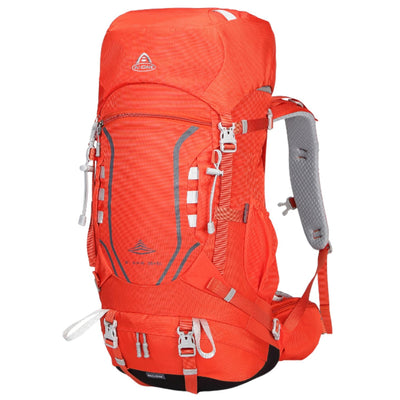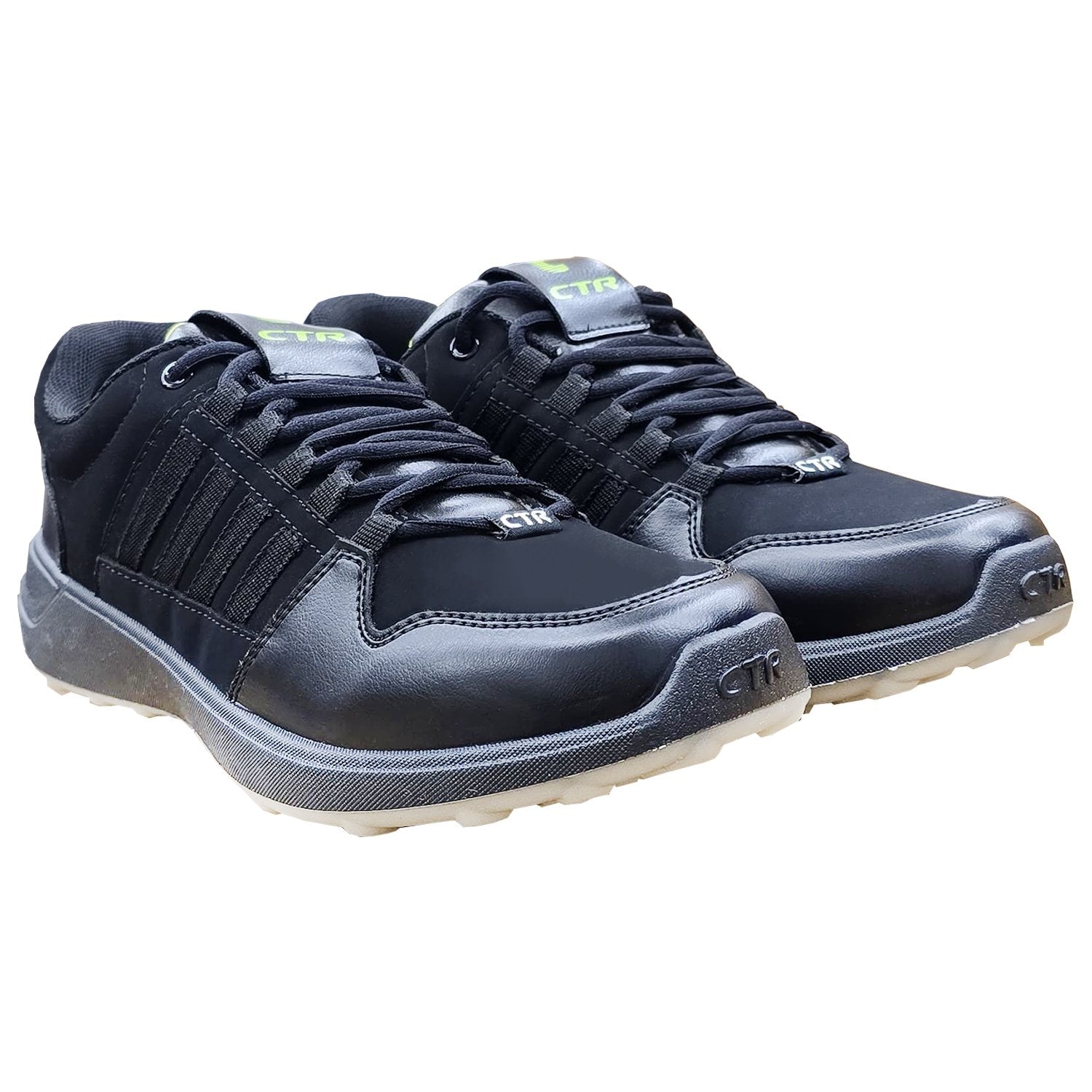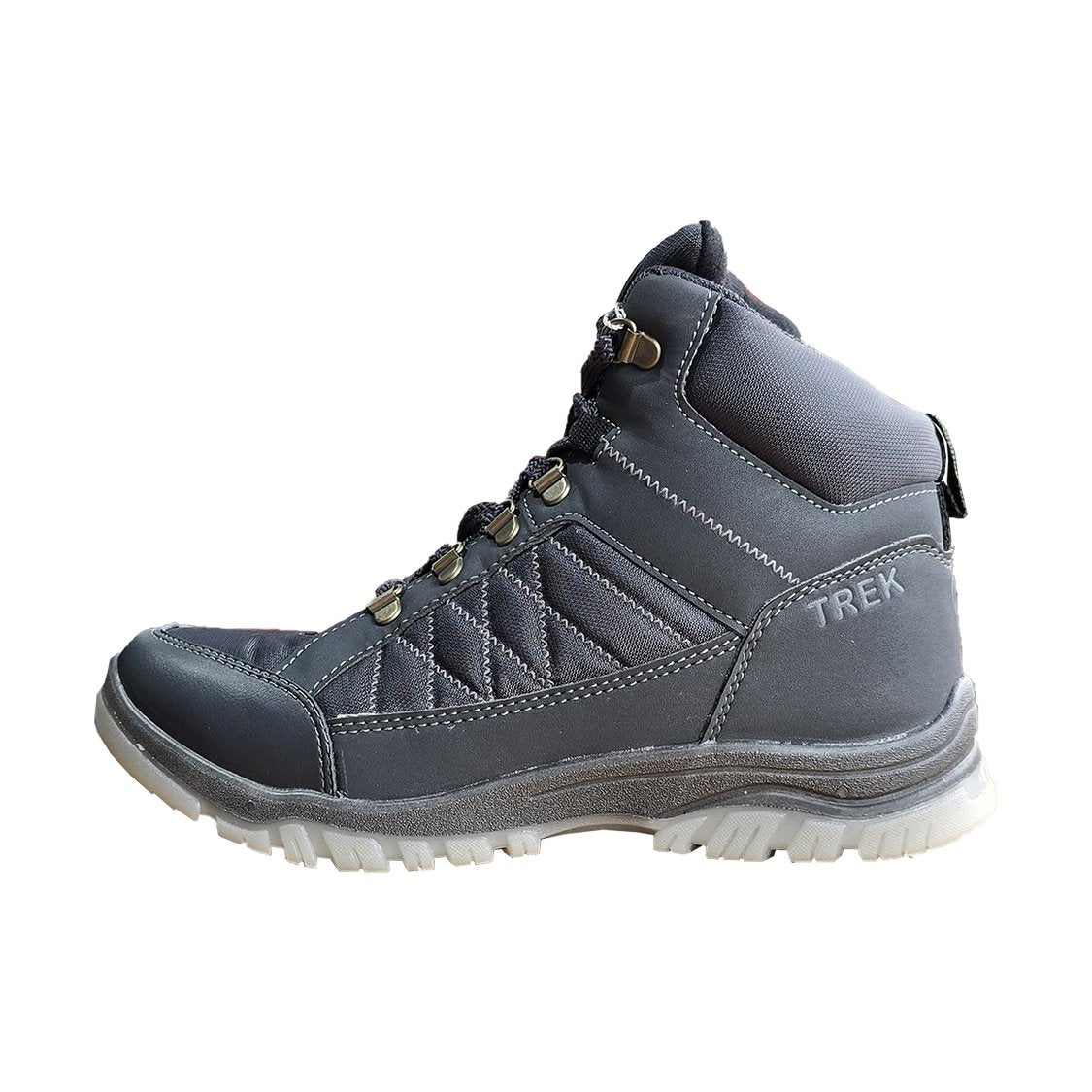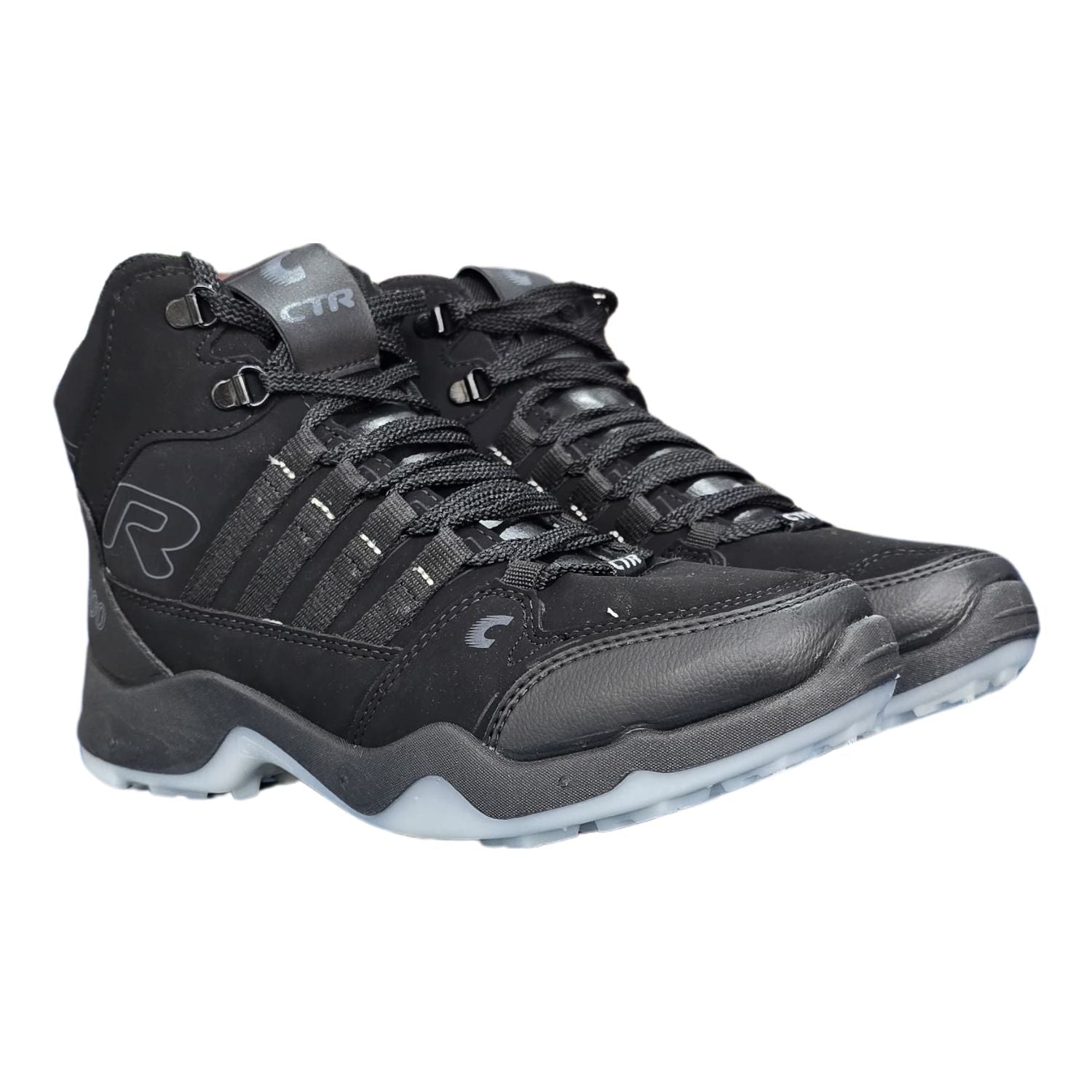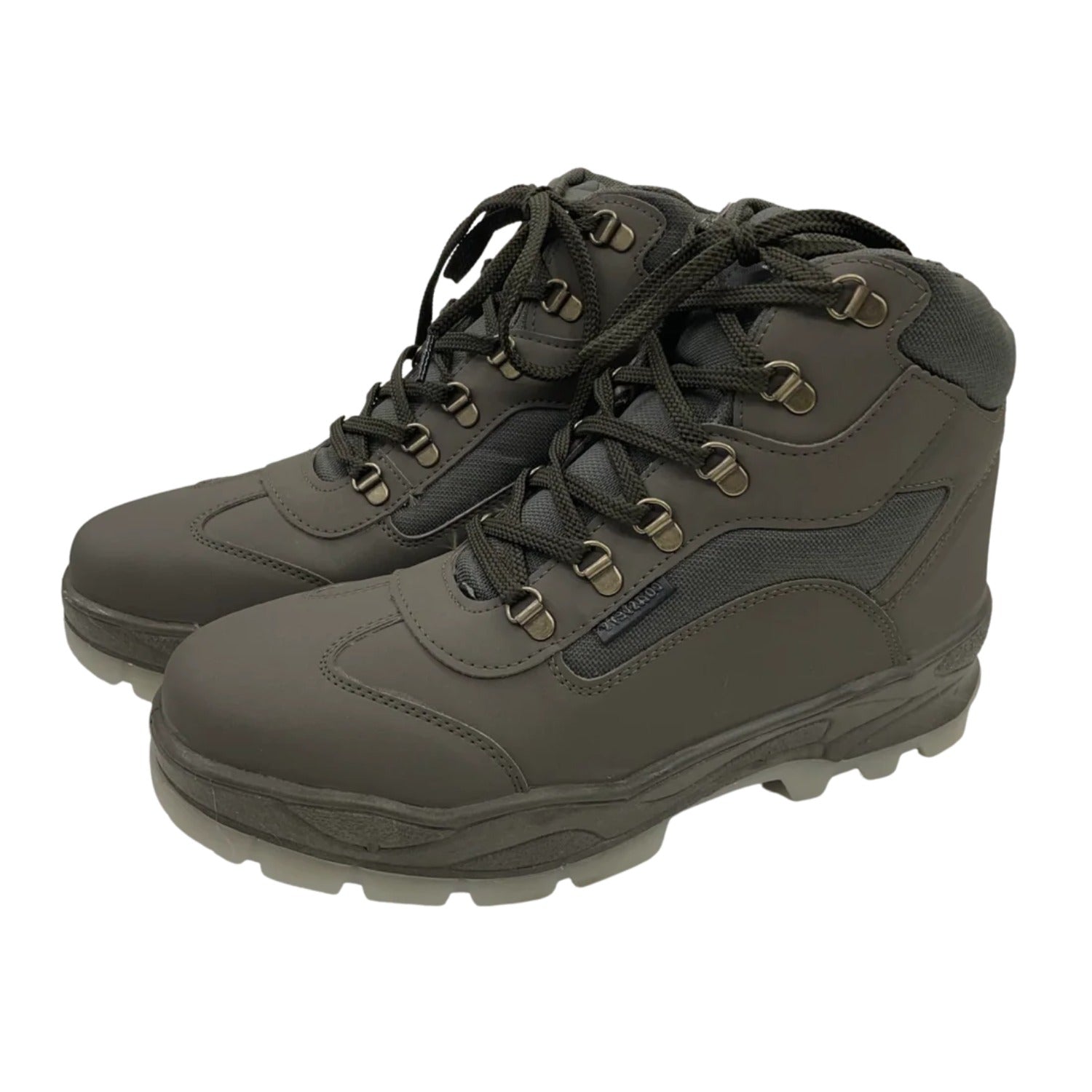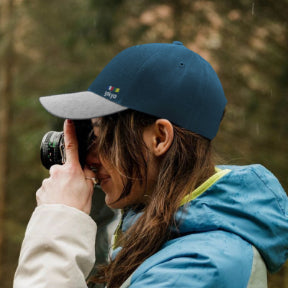Hitting the trails is an exhilarating experience, but an ill-fitting pair of trekking shoes can quickly turn adventure into agony. Selecting the right shoes is crucial for comfort, support, and ultimately, a successful trek. This guide will help you navigate the world of trekking footwear and find the perfect pair for your next outdoor adventure.
Understanding the Terrain: Matching Your Shoes to the Trails
The ideal hiking shoes (sometimes referred to as trekking shoes) will depend on the type of terrain you'll be tackling. Here's a quick breakdown:
- Day Hiking & Light Trails: For well-maintained paths and gentle inclines, prioritise lightweight shoes with good breathability. Look for features like flexible soles and moderate traction.
- Moderate Hiking & Uneven Terrain: Opt for sturdier shoes with ankle support for uneven surfaces and light backpacking. Consider features like aggressive treads and waterproof membranes for wet conditions.
- Technical Hiking & Challenging Terrain: For rugged terrain or trails with significant elevation gain, prioritise high-ankle boots for maximum support and protection. Look for features like stiff soles for stability, waterproof membranes, and compatibility with crampons (traction devices) for icy conditions.
Beyond Terrain: Key Features for Comfort and Performance
While terrain is a major factor, consider these additional features when choosing your shoes for hiking:
- Fit: This is paramount! Shoes should be snug but not constricting, with enough room for your toes to wiggle. Try them on with the socks you'll be wearing on your hike.
- Support: Ankle support is crucial for uneven terrain and helps prevent injuries. Look for boots that offer good stability without restricting your natural movement.
- Waterproofing: Consider a waterproof membrane like Gore-Tex for wet conditions. However, waterproof shoes can be less breathable, so choose based on the climate you'll be hiking in.
- Soles: The sole should provide good traction on various terrains. Look for aggressive treads for loose surfaces and consider deeper lugs for muddy conditions.
- Breathability: Breathable materials like mesh allow moisture to escape, keeping your feet cool and comfortable.
Finding the Perfect Fit: Tips for Happy Feet
Here are some additional tips to ensure your trekking shoes fit perfectly:
- Try on shoes in the afternoon, as feet tend to swell slightly throughout the day.
- Wear the socks you'll be hiking in for a more accurate fit.
- Walk around the store in the shoes to assess comfort and flexibility.
- Pay attention to heel cup fit – it should hold your heel securely in place.
- There should be some space between your longest toe and the end of the shoe.
Gokyo: Your Partner in Outdoor Exploration
At Gokyo, we understand that the right trekking gear makes all the difference on your outdoor adventures. We offer a wide selection of trekking shoes designed for various terrains and preferences. With our expert advice and a diverse range of options, you're sure to find the perfect pair for your next hike. So ditch the worn-out sneakers and invest in a pair of trekking shoes that will support you every step of the way. Explore our collection today and unlock the secrets to happy feet on the trail!
Top Trekking Gear Picks Recommended by Us
Frequently Asked Questions (FAQs) :
-
How do I choose trekking shoes for different trails?
For day hikes, choose lightweight, breathable shoes with flexible soles. For uneven terrain, opt for sturdier shoes with ankle support and good traction. For rugged trails, go for high-ankle boots with stiff soles and waterproofing.
-
What features are important in trekking shoes?
Look for a snug fit, ankle support, waterproofing, good traction, and breathability. Ensure the shoes match the terrain you'll be hiking on.
-
How can I ensure a good fit for trekking shoes?
Try shoes in the afternoon, wear your hiking socks, and walk around to test comfort. There should be space between your longest toe and the end of the shoe, and the heel should fit securely.
-
Are waterproof trekking shoes worth it?
Waterproof shoes keep feet dry in wet conditions but can be less breathable. Choose based on the weather you'll encounter.
-
What if my trekking shoes cause blisters?
Ensure a proper fit and break in your shoes gradually. Use moisture-wicking socks and blister pads for added comfort.



